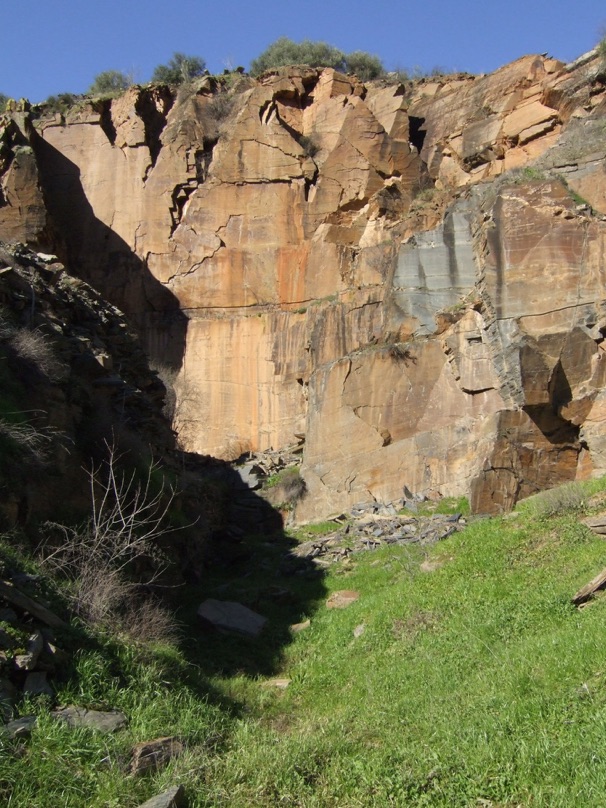

It’s completely understandable that customers want a quick answer. We offer a variety of printing services for apparel but this article is focused on screen printing pricing and what goes into generating a quote. They want shirts printed and they want to know how much it’s going to cost. It’s clear that customers want an easy answer to what they view as an easy question. on Instagram and Facebook to learn more information about her screen printing process.One of the first questions we get asked when a potential customer contacts us is, “How much is screen printing going to cost?” When we request more information before providing a quote, we’re sometimes met with confusion. Making a DIY screen out of vinyl is pretty easy to do for the individuals coming from the HTV world into screen printing. RELATED: SHOULD I SCREEN PRINT OR DECORATE WITH VINYL? Amanda wants everyone to know that printing with vinyl is not only a less-messy alternative to traditional screen printing, but it can be effective and lucrative, too. To help the DIY screen printers even more, Amanda wrote an ebook that details all her processes, insights, and tips and tricks. She encourages people to explore the world of screen printing before diving in. You don’t have to spend thousands on equipment if a large-scale operation isn’t what you’re looking for. She wants everyone in the screen printing community to know that it can be just that simple. with a hand-made press and works out of her spare bedroom.

WHY SHE DOES ITĪmanda started Salt and Pine Co. RELATED: IS WATER-BASED INK RIGHT FOR YOU? With plastisol, she doesn’t have to worry about it. When she’s printing with water-based ink, she usually makes a backup screen so she doesn’t have to start over if a piece of the design comes off. Water-based ink is more runny and can wear out the vinyl faster. If a client sends in a detailed design, she’ll either see if the client is happy to have a less intricate design or she suggests they head to another print shop.Īmanda has also found that printing with plastisol ink gives her better results.

Vinyl stencils are not as capable of capturing small details since weeding is tough and small details can peel off the screen during a run. One drawback of using vinyl stencils is that Amanda is limited to simpler designs. Sending in blank screens and paying a print shop to burn screens saves her a lot of time, mess, and stress. All she has to worry about is cleaning up afterwards.įor her own clothing brand, Amanda heads to a local shop to get the screens burned since she’ll be using the screens repeatedly. When she’s printing with a DIY screen, the vinyl stencil can print up to 100 prints, but Amanda does not print more than 65 (just to stay on the safe side). Her DIY screen is done in 15 to 20 minutes. She skips the entire darkroom process that most printers go through. CHECK OUT WHAT AMANDA HAS IN HER SCREEN PRINT SHOPĪmanda uses her Cricut, a vinyl cutter, to cut out the stencil, weeds it, then covers the unused portion of the screen in tape. It’s quicker, cheaper, and easier than hitting up a local print shop to get screens burned. Since these clients have simple, one-color typography or minimalistic designs and smaller orders, she turns to vinyl to make a screen for the job. Many of Amanda’s clients come from the woodworking industry and other artists in the creative sector. Amanda shared with us why this DIY screen process works for her and how she does it. It works great, but it has its limitations. She kept her vinyl cutter to create stencils for screens. made the switch from heat transfer vinyl (HTV) to screen printing, she didn’t completely ditch the vinyl.
#Making screen prints larger than light how to#
From building their own drying cabinets to using the sun for exposure, printers know how to use the tools they have at hand to get the job done. Screen printers get creative when it comes to DIY projects.


 0 kommentar(er)
0 kommentar(er)
